目次~Table of Contents
Location and History
One of Dounan Twelve Halls
Shinori-Tate was a hall which Japanese warriors built in the Middle Ages in what is now Hakodate City of Hokkaido Island. At that time, the island was called Ezo, where the native Ainu people lived. They spoke a different language and had a different way of life from people living in the mainland of Japan (called “Japanese people” later in this article). They earned a living by hunting, fishing, and trading, not by farming like “Japanese people” usually did. The first “Japanese people”, who moved from the mainland to Ezo, were said to be exiles, surviving warriors and merchants. Some historians speculate these moving people became a group, called Watari-To or the Migrating Party, who traded with the people of the mainland. The Ando Clan, which governed the northern edge of the mainland, monitored and controlled the party as the Shogunal Deputy for Ezo since the 13th Century.

In the late 14th Century, the Migrating Party and other “Japanese people” were very active in Oshima Peninsula at the southern edge of Hokkaido. The leaders of them started to build several halls for living and trading alongside the peninsula. Shinori-Tate was one of the Dounan (southern part of Hokkaido) Twelve Halls, the easternmost and probably earliest one of the halls. Historians think the Kobayashi Clan which worked under the Ando Clan built the hall.
Hall prospers with Shinori Town
Shinori town beside the hall also prospered in commerce and industry between the “Japanese” and Ainu people. Records say there was a blacksmith town with hundreds of houses because Ainu people could not produce iron items. In 1968, about 370 thousand buried old coins in three big jars were found at the seaside of Shinori, 100m away from the hall ruins. The jars are partially broken, so if they were intact, the number of coins would reach 500 thousand. Upon checking the kinds of the coins, it was found out that they were buried in the same period as the hall. That would prove that a rich merchant or lord was there. Some historians even speculate the Kobayashi Clan might have buried the coins for the Ground-breaking ceremony of Shinori Tate.
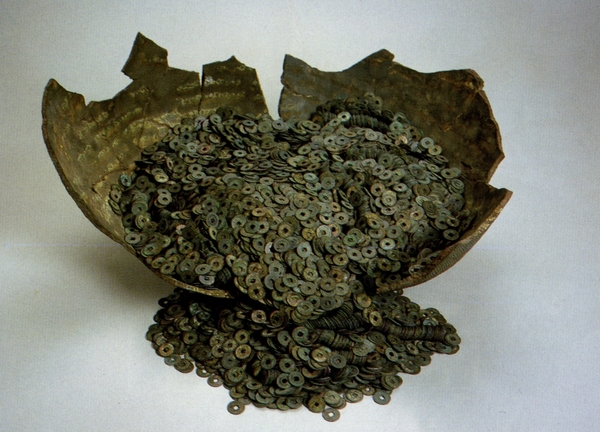
The hall was built on an over 20m high hill beside the seaside in the south. The ground for the hall was a square space which was 70m from the east to the west and 50m from the south to the north. It was surrounded by earthen walls and dry moats outside. The western side of it has its entrance and double dry moats. It is thought that the hall was usually used for a living or trading but also used for a base like a castle when an emergency situation or battle happened.
The relief map around the castle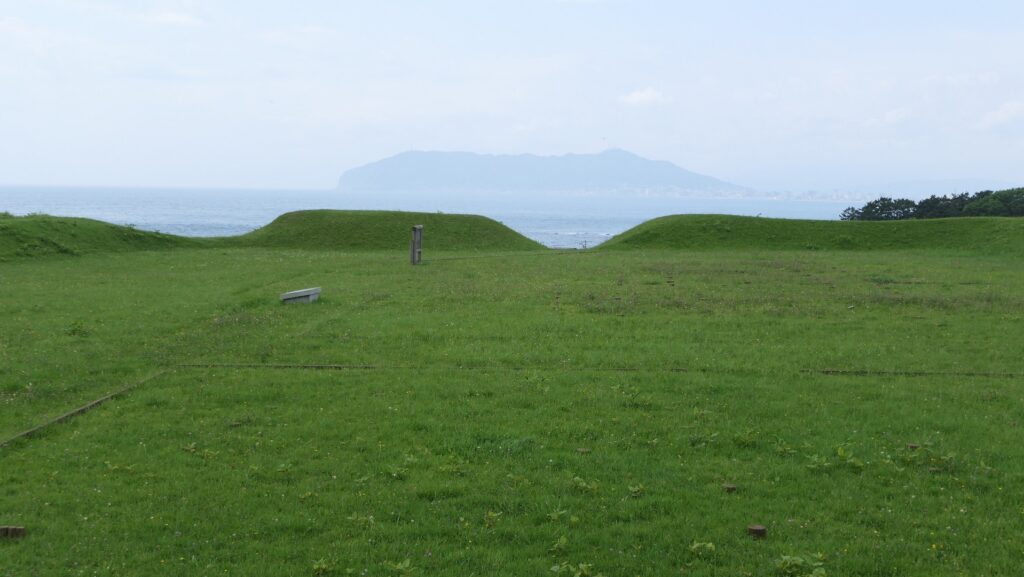
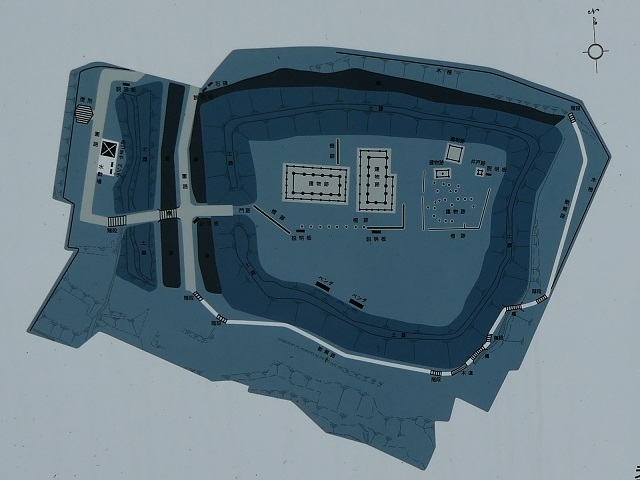
Hall is captured twice by Ainu Rebellions
The situation dramatically changed after the Ando Clan was defeated and evicted from the mainland by the Nanbu Clan in 1432. The Ando Clan had to move their home base to Hokkaido. Since then, tension increased between the “Japanese” and Ainu people because the clan tried to rule the island directly. In 1456, an incident happened at a blacksmith in Shinori. An Ainu boy complained about the short sword that he ordered to a craftsman who made it. However, the craftsman killed the boy. This made the Ainu people very angry and resulted in an uprising led by their leader, Koshamain.
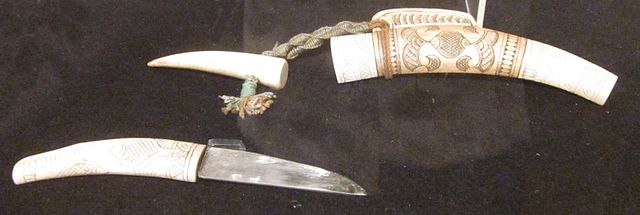
Shinori Tate, which was owned by Yoshikage Kobayashi, was attacked and captured by the uprising people. Yoshikage was also killed. Then, ten out of the Dounan Twelve Halls fell. In the following year, a “Japanese” general, Nobuhiro Takeda defeated Koshamain and crushed the rebellion. After that, Shinori Tate was restored by Yoshisada Kobayashi, the son of Yoshikage. However, the Ainu people raised a rebellion and captured Shinori Tate again in 1512. During this encounter, Yoshisada was killed. As a result, the “Japanese” people decided to get together in the western part of Oshima Peninsula, which led to the launching of the Matsumae Domain and Matsumae Castle in the Edo Period. Shinori Tate, which was located in the eastern part of the peninsula, was eventually abandoned.
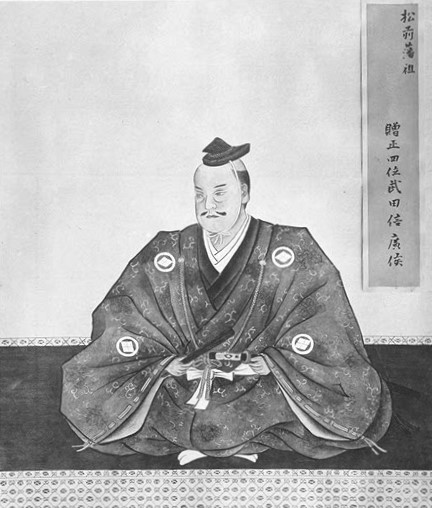


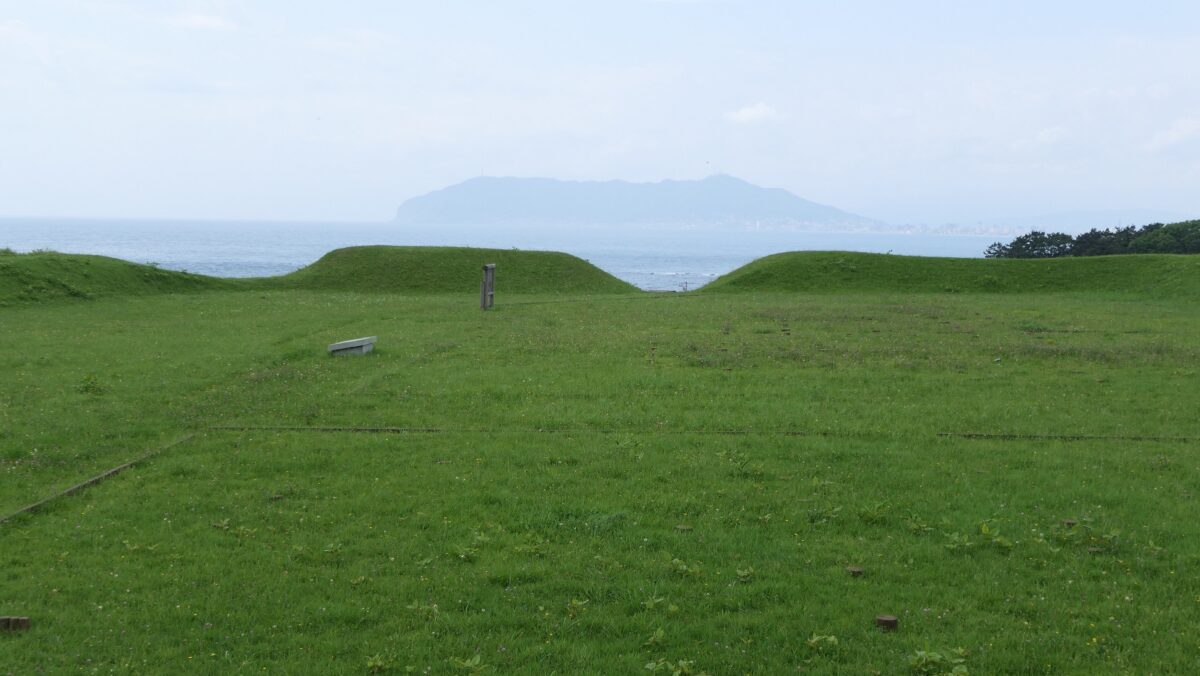



















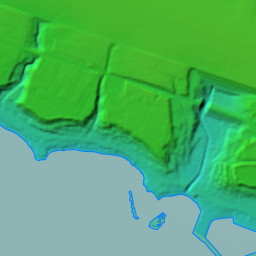

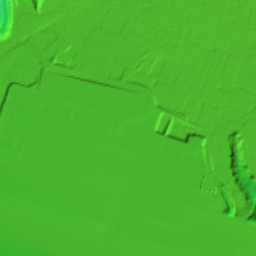















「101.Shinori-Tate Part1」への2件のフィードバック